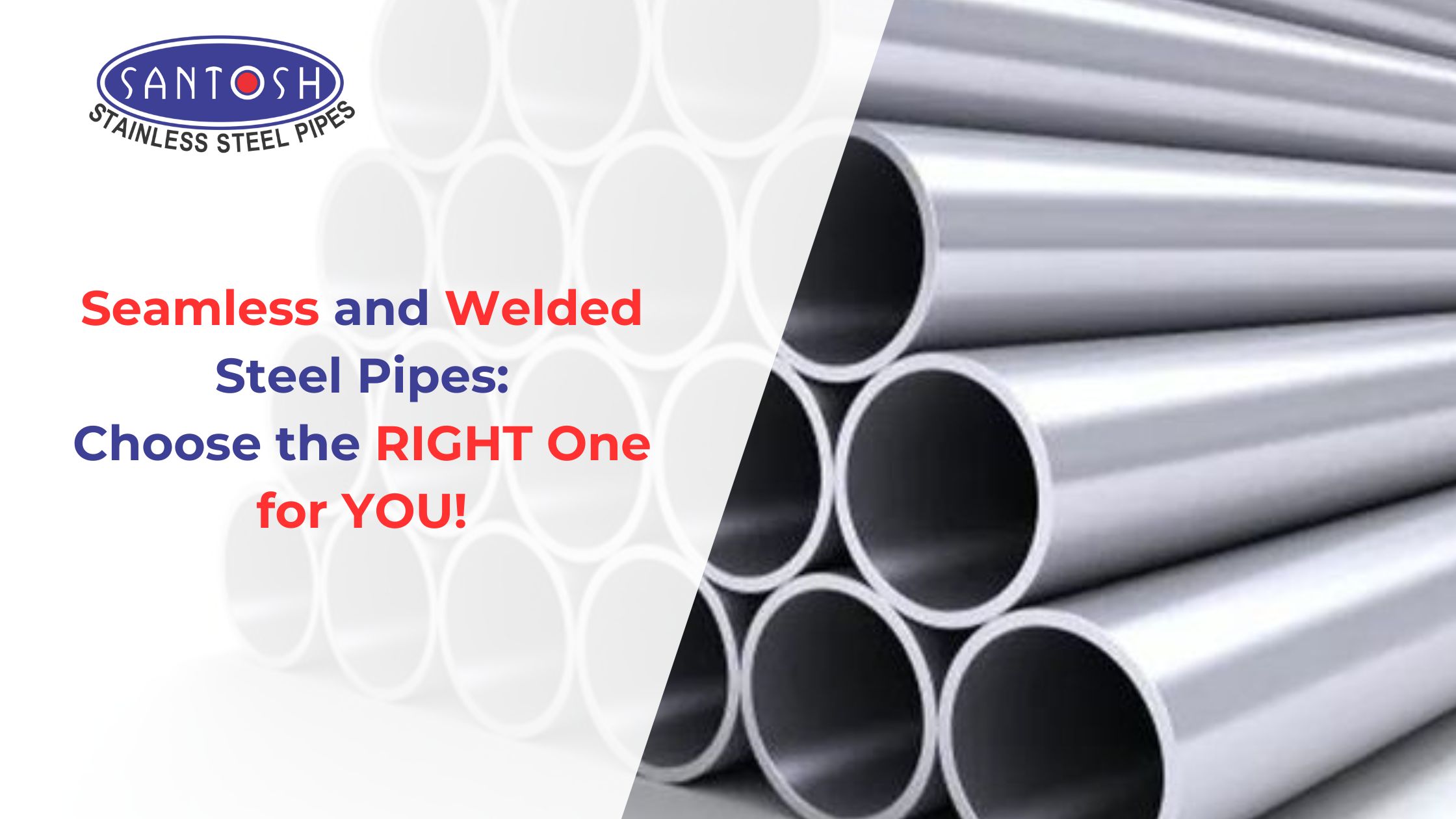
Have you ever felt overwhelmed by the choices regarding steel pipes? You're not alone! Choosing between seamless and welded steel pipes can be a real head-scratcher. But fear not. This guide will break down the key differences between these two champions so that you can pick the perfect pipe for your project.
Let's face it, choosing the wrong pipe can be a costly mistake. It could lead to leaks, structural failures, or even project delays. Navigating the world of steel pipes can feel like deciphering an ancient language. That's why we're here—to shed light on this seemingly complex topic.
Seamless Steel Pipes: The OG of Strength
Imagine a smooth, uninterrupted tube of steel. That's a seamless steel pipe. Made through hot rolling or piercing a solid steel block, these pipes are known for their superior strength and consistency.
Here's what makes seamless pipes stand out:
1. High Pressure Resistance
They can handle intense pressure without breaking a sweat, making them ideal for high-pressure applications like:
-
Pipelines transporting oil, gas, and water over long distances
-
Boilers in power plants and industrial facilities
-
Hydraulic systems in heavy machinery and construction equipment
2. Superior Corrosion Resistance
The lack of a weld (where corrosion loves to start) makes them more resistant to rust and other forms of corrosion. This makes them perfect for:
-
Marine environments where exposure to saltwater is a constant threat
-
Chemical processing plants where pipes come into contact with corrosive materials
-
Food and beverage processing facilities where hygiene and cleanliness are paramount
3. Smooth Surface
The seamless construction creates a smooth internal and external surface, which minimizes friction and improves the flow of liquids and gases. This is crucial for:
-
Pipelines transport fluids with high viscosity, like oil and lubricants
-
Heat exchangers where efficient heat transfer is essential
-
Instrumentation and control systems requiring precise fluid flow
However, there are a few things to consider:
1. Cost
The manufacturing process makes seamless pipes slightly more expensive than their welded counterparts.
2. Size Limitations
They typically come in smaller diameters compared to welded pipes.
Welded Steel Pipes: The Cost-Effective Contender
Welded steel pipes are formed by rolling a flat sheet of steel into a cylindrical shape and welding the seam to create a closed loop. They offer a cost-effective option for many applications.
Here's why welded pipes are a popular choice:
1. Affordable
The manufacturing process makes them a more budget-friendly option compared to seamless pipes. This is ideal for projects with tight budgets or requiring a large quantity of pipes.
2. Wider Size Availability
Welded pipes can be produced in a wider range of diameters, making them suitable for various projects, including:
-
Structural applications like columns, beams, and railings
-
Fences and handrails
-
Conveying systems for materials like dust, chips, and grains
-
Large-diameter pipelines for water distribution or irrigation
3. Easy to Work With
The welding process allows for more flexibility in terms of customization and fabrication. This makes them suitable for:
-
Projects requiring specific shapes or bends
-
Applications where pipes need to be cut and welded on-site
Welded pipes have a few things to consider:
1. Lower Pressure Resistance
The weld can be a weak point, making them less suitable for extremely high-pressure applications.
2. Slightly Lower Corrosion Resistance
The weld area can be more susceptible to corrosion if it is not properly treated.
Conditions for Choosing the Right Pipe
Now, the Million-Dollar Question: Seamless or Welded?
The answer, my friend, depends on your project's specific needs!
Here's a quick breakdown to help you decide:
Choose seamless pipes if:
-
You need a pipe for high-pressure applications like pipelines, boilers, or hydraulic systems.
-
Corrosion resistance is a top priority, especially in harsh environments.
-
You require a smooth surface for optimal flow, like in fluid transfer applications.
Choose welded pipes if:
-
You're on a tighter budget and require a cost-effective option.
-
Your project needs a pipe with a wider diameter range.
-
Customization and fabrication are important factors for your project.
Beyond the Basics
While these are the key points to consider, there's more to the story. Both seamless and welded pipes come in various grades and thicknesses, each catering to specific applications.
Pro Tip
Consult a steel pipe expert! For complex projects or if you're still unsure, don't hesitate to consult a steel pipe expert. They can analyze your specific needs and recommend the perfect pipe type for your project. Here at Santosh Steel, our team of experts is always happy to help!
Remember, the right pipe is an investment in your project's success. By understanding the strengths and weaknesses of both seamless and welded options, you'll be well on your way to picking the perfect pipe for your needs.
Conclusion
It's all about your needs!
There's no single "best" option when it comes to seamless and welded steel pipes. Both offer unique advantages and disadvantages. The key is to understand your project's specific requirements and choose the pipe that best aligns with them.
Santosh Steel: Your One-Stop Shop for All Your Steel Pipe Needs!
Check out our website for detailed specifications of our seamless and welded steel pipes, or contact our customer service team for personalized assistance!